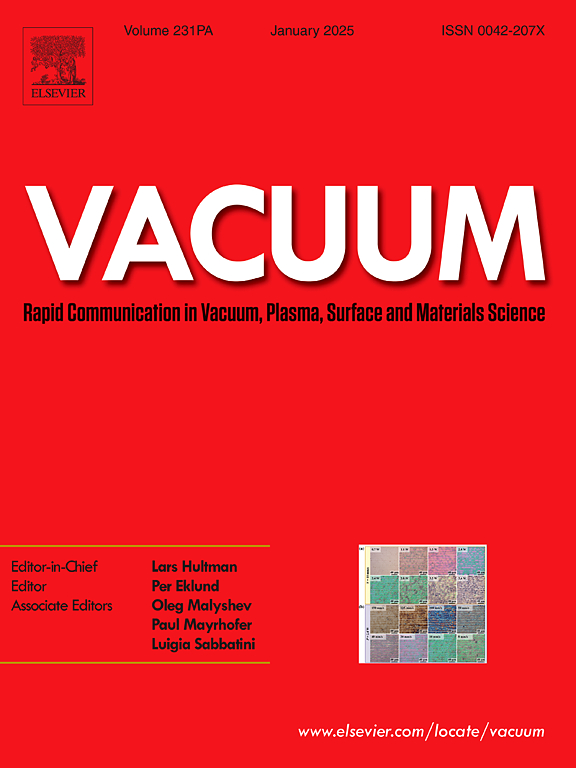The influence of the interaction mechanism between impurities and point defects on the yellow luminescence band of GaN
IF 3.8
2区 材料科学
Q2 MATERIALS SCIENCE, MULTIDISCIPLINARY
引用次数: 0
Abstract
The yellow luminescence (YL) band is commonly observed in gallium nitride (GaN) crystals grown through various methods, and its presence can have detrimental effects on the electronic and optical properties of devices, leading to device degradation. However, the intensity of YL emission exhibits significant variations among different samples. Therefore, it is crucial to investigate the causes of YL generation and these differences in order to mitigate YL formation. In this paper, we present an analysis of four GaN samples grown by hydride vapor phase epitaxy (HVPE) and Ammonothermal method using photoluminescence (PL) spectroscopy and demonstrate that carbon plays a significant role in enhancing YL emission. Additionally, we explore the differential impact of various YL bands on total emission (YL1>YL3>YL2, they correspond to the YL emissions at 2.17 eV, 2.3 eV, and 2.07eV, respectively.). By comparing the relative content levels of different non-radiative point defects, we propose that impurity content variation (particularly elemental carbon) greatly influences YL emission behavior. This provides a novel perspective for understanding the mechanism behind YL formation.

求助全文
约1分钟内获得全文
求助全文
来源期刊

Vacuum
工程技术-材料科学:综合
CiteScore
6.80
自引率
17.50%
发文量
0
审稿时长
34 days
期刊介绍:
Vacuum is an international rapid publications journal with a focus on short communication. All papers are peer-reviewed, with the review process for short communication geared towards very fast turnaround times. The journal also published full research papers, thematic issues and selected papers from leading conferences.
A report in Vacuum should represent a major advance in an area that involves a controlled environment at pressures of one atmosphere or below.
The scope of the journal includes:
1. Vacuum; original developments in vacuum pumping and instrumentation, vacuum measurement, vacuum gas dynamics, gas-surface interactions, surface treatment for UHV applications and low outgassing, vacuum melting, sintering, and vacuum metrology. Technology and solutions for large-scale facilities (e.g., particle accelerators and fusion devices). New instrumentation ( e.g., detectors and electron microscopes).
2. Plasma science; advances in PVD, CVD, plasma-assisted CVD, ion sources, deposition processes and analysis.
3. Surface science; surface engineering, surface chemistry, surface analysis, crystal growth, ion-surface interactions and etching, nanometer-scale processing, surface modification.
4. Materials science; novel functional or structural materials. Metals, ceramics, and polymers. Experiments, simulations, and modelling for understanding structure-property relationships. Thin films and coatings. Nanostructures and ion implantation.
 求助内容:
求助内容: 应助结果提醒方式:
应助结果提醒方式:


